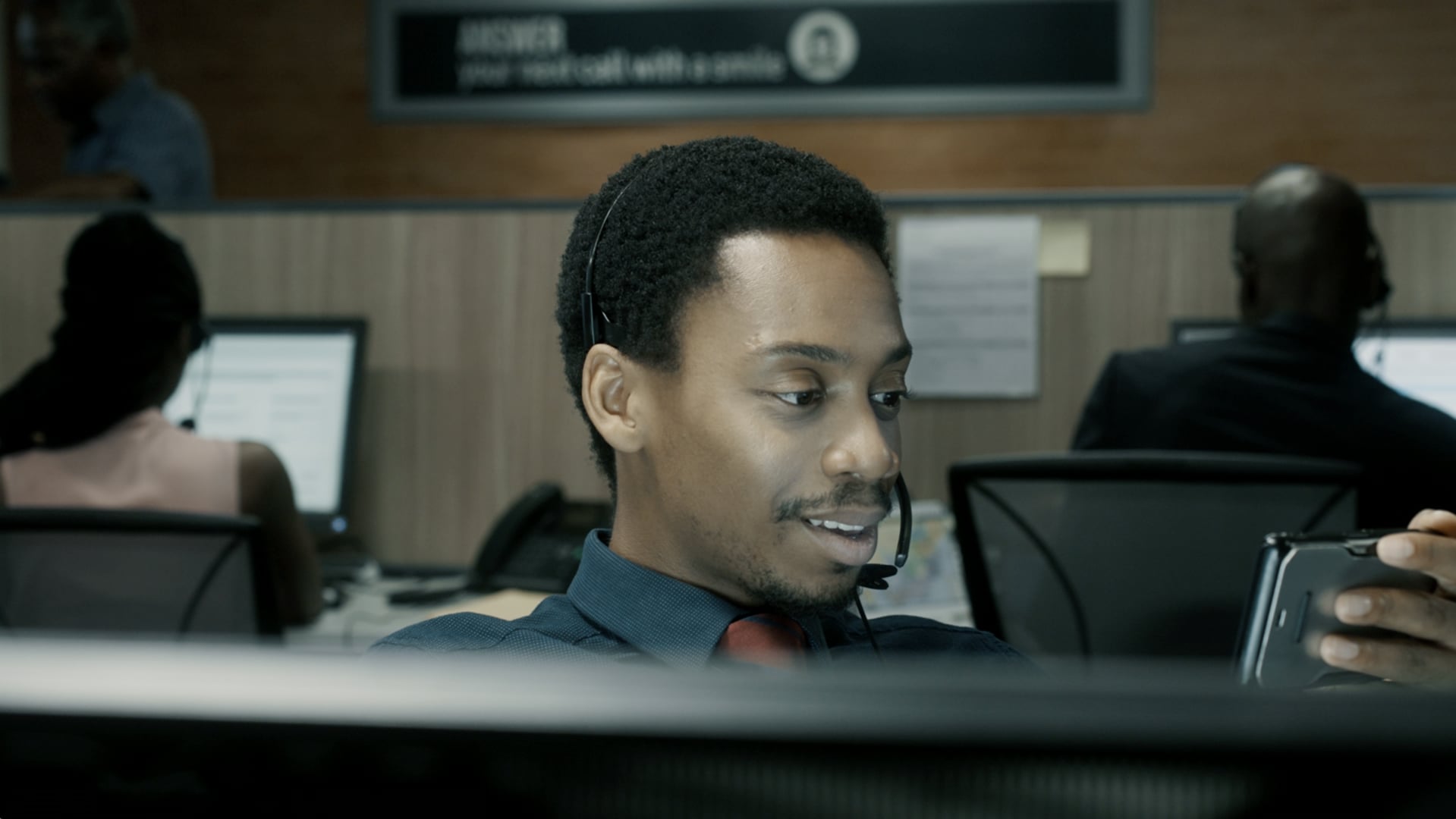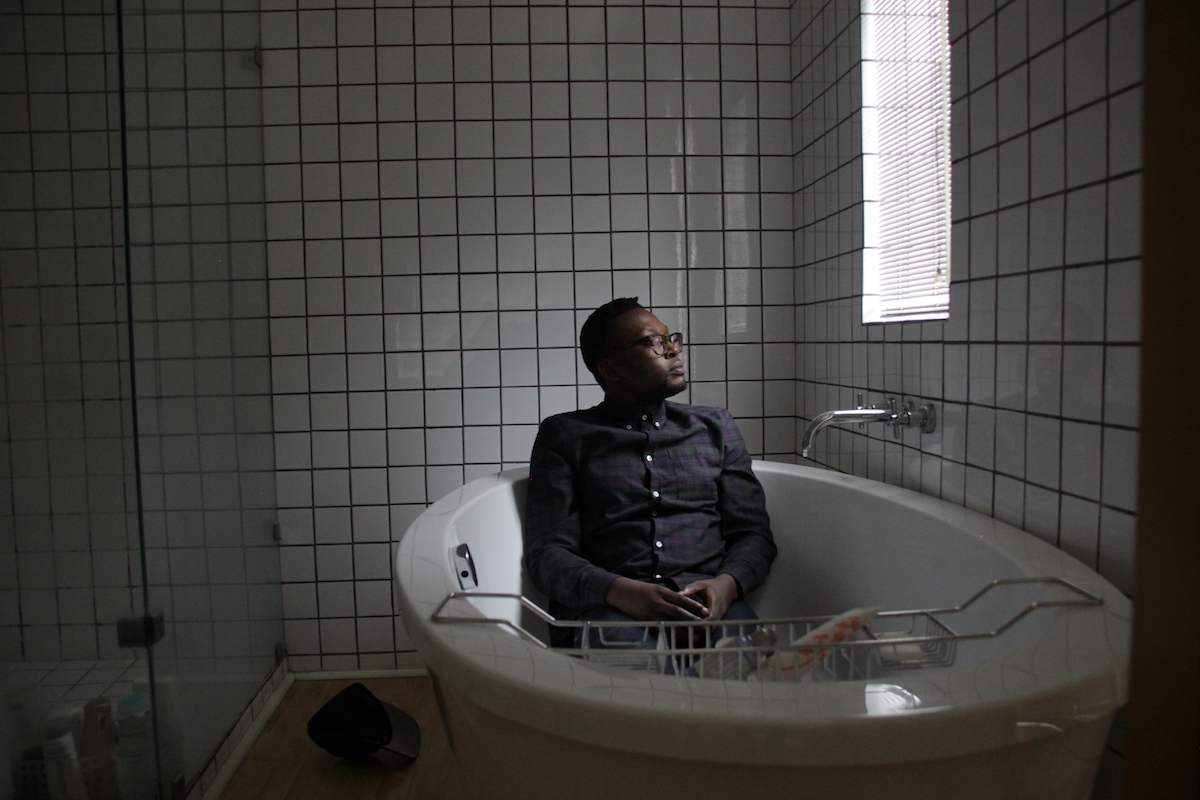Nare Mokgotho
You’ve always been a visual artist and storyteller. Did it seem like a natural progression for you to go from copywriting in advertising to directing commercials?
Yes it seemed that way. There’s definitely a well-established tradition of copywriters and creative directors making the move from agency life into the director’s chair. This has to do with a fascination with storytelling. However, the leap wasn’t as streamlined as one initially thinks it will be. The move involved starting from the ground up and learning, not just about the craft, but also about the business side of commercial production.
How long have you been a director?
I’ve been a director for about a year, but I spent the past five or so years as a creative researcher for various, well-regarded directors and apprenticing for them. This started at Velocity Films under the guidance of executive producer Peter Carr, then to Bouffant and eventually to MassÏf, where I’m currently represented as a director.
Your commercial for the Rapid Lion South African International Film Festival, Wreaths, is crazy good. How did you come up with the concept?
It started with the small realisation that laurel wreaths play a vital marketing role for upcoming films, especially for independent and art house filmmakers. As audiences we often overlook this aspect. Like any other movie-goer, I’ve fallen prey to the trailer littered with festival wreaths and thought that it had to be special, only to realise after I had parted with my hard-earned cash that the film was an absolute dud. The wreaths decorating a film are only as good as the festival that awards them. Not all festival wreaths are to be trusted – every street corner has a film festival now and will lavish praise on just about anything.
How closely did you stick to your original idea?
Like all ideas, there’s a certain degree of evolution that takes place, but I followed the original idea as closely as possible. The absolutely crucial thing to do was always to wrangle the idea and clearly outline the parametres. Most of the experimentation happened on the page and in the pre-production stages so that any improvisation that happened closely adhered to the original concept.
What came first – did the narrative instruct the titles for the fake awards or vice versa?
The narrative came first, but didn’t necessarily inform the titles for the fake awards. The titles had to get progressively ridiculous throughout the film and gradually reveal themselves as jokes in and of themselves. For these I came up with countless options of festival names and briefed these out to two designer friends to see how they would visualise them. There were plenty of back-and-forth conversations on the designs. There are loads more that ended up on the cutting room floor.
Were there any major challenges with shooting this commercial? How did you overcome them?
The few challenges that arose were primarily in the pre-production and postproduction phases. Casting the two actors in the trailer portion of the commercial was daunting. I was looking for actors with just the right look to match audience perceptions of what pretentious art film cast looks like. They also had to be great performers with comedic sensibilities. We had to cast the net as wide as possible and look at all available options until we struck gold. Editing the trailer was also incredibly challenging. The narrative could play out in so many different ways. My editor and I just had to sit with various options and experiment until the cut felt right.
Apparently there was some controversy around your commercial for Showmax, Zero Bucks Given? Tell us what happened?
A complaint was lodged with the Advertising Regulatory Board (ARB) claiming the commercial “portrays a complete disrespect for the employee’s work environment and fellow workers” and that young people “will get the wrong impression of how to behave at work”. The complaint was quickly dismissed by both ARB and social media alike.
How did you develop the initial brief?
The integrity of the original brief from the creative team at Showmax is all there in the final commercial. The primary elements the creative team and I had to be spot on with were getting the tone and pacing right. The feeling of not giving a f*ck had to be carefree nonchalance as opposed to a rap-addled irony or anarchy. The protagonist’s nonchalance informed the pace of the commercial as well. Nonchalance can’t be rushed. He had nowhere to be; time wasn’t a factor for him so he could saunter around the office and leave the office at his own pace.
Did you have a creative upbringing?
Not particularly, but my mother has always been of the opinion that her kids should do what they gravitate towards. I was always either watching TV, drawing or reading as a kid. So, here I am.
Would you say you learned more about storytelling at art school or working in advertising?
Definitely in the industry. Art school laid the foundations for my analytical and critical faculties, which are invaluable skills for any storyteller to have in their toolbox. Working in advertising helped sharpen these and helped me become a storyteller.
Do you want to stick to commercials in the future or are you interested in branching out to other types of film?
I’m definitely interested in branching out to longer forms, but I’ll always love the potency of the ideas and the brevity of storytelling that comes out of commercials.
Nare Mokgotho is represented by Massif Media















